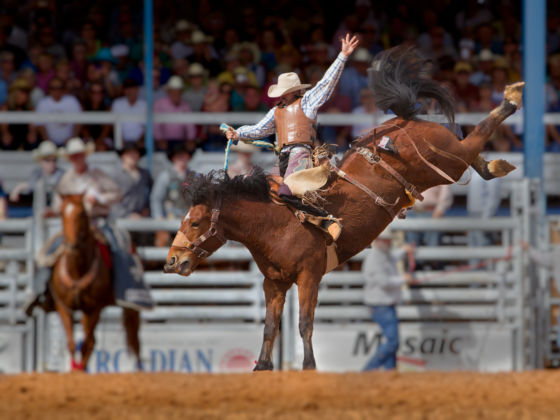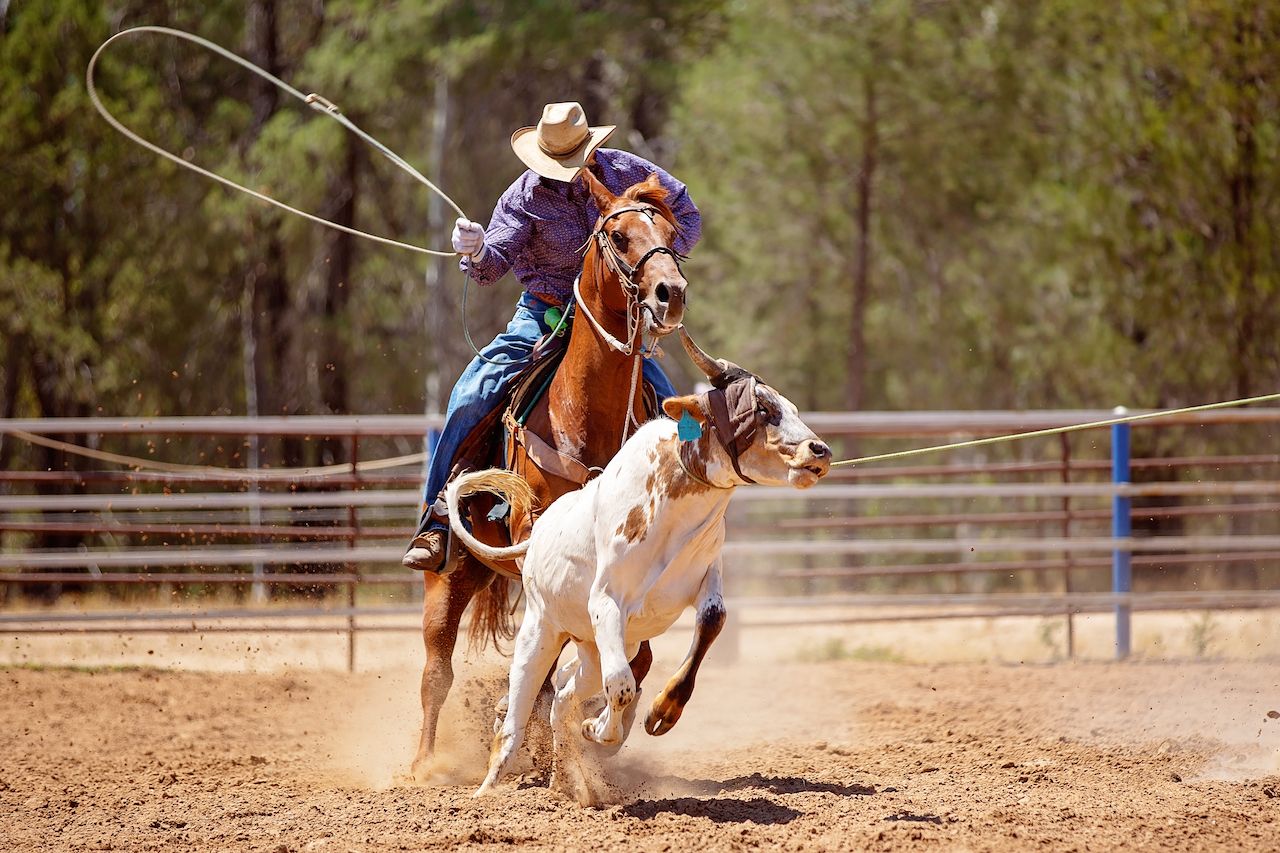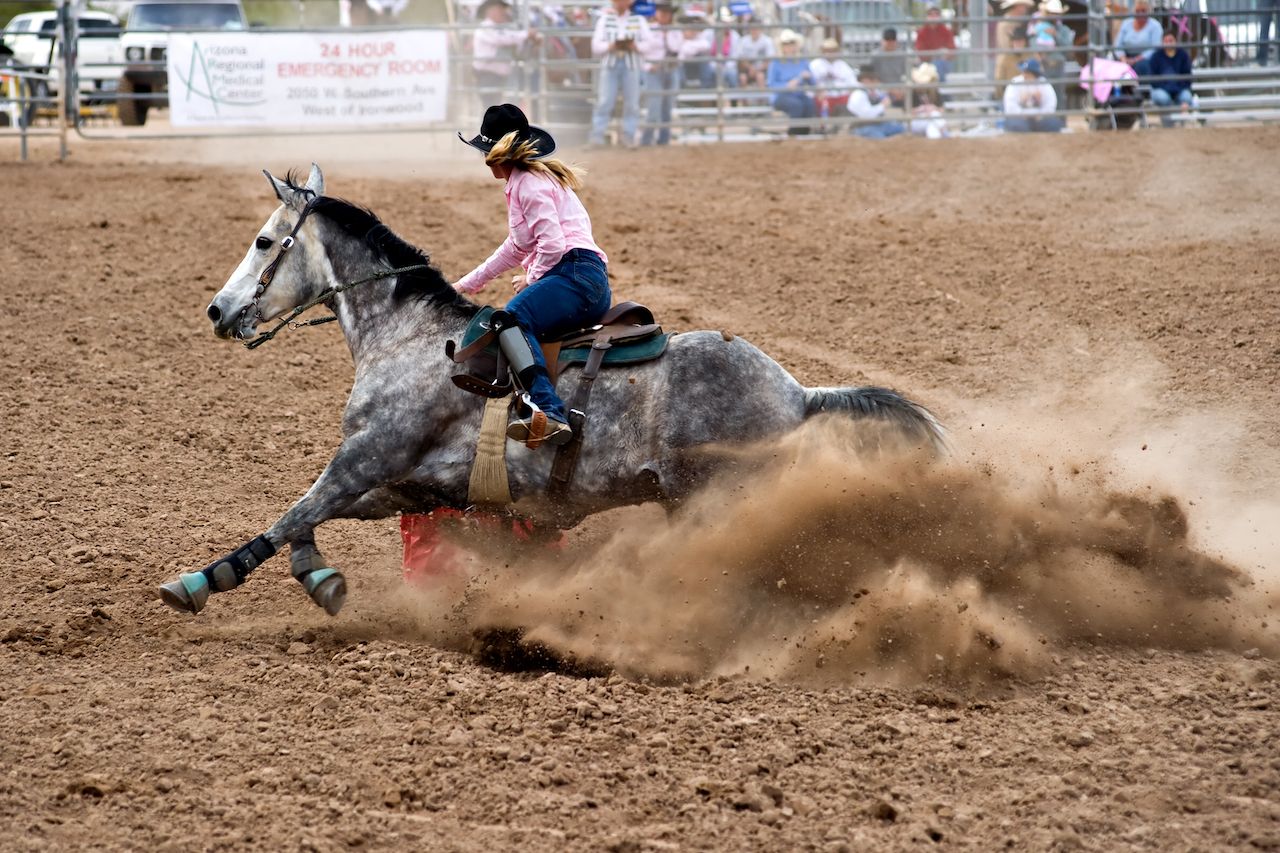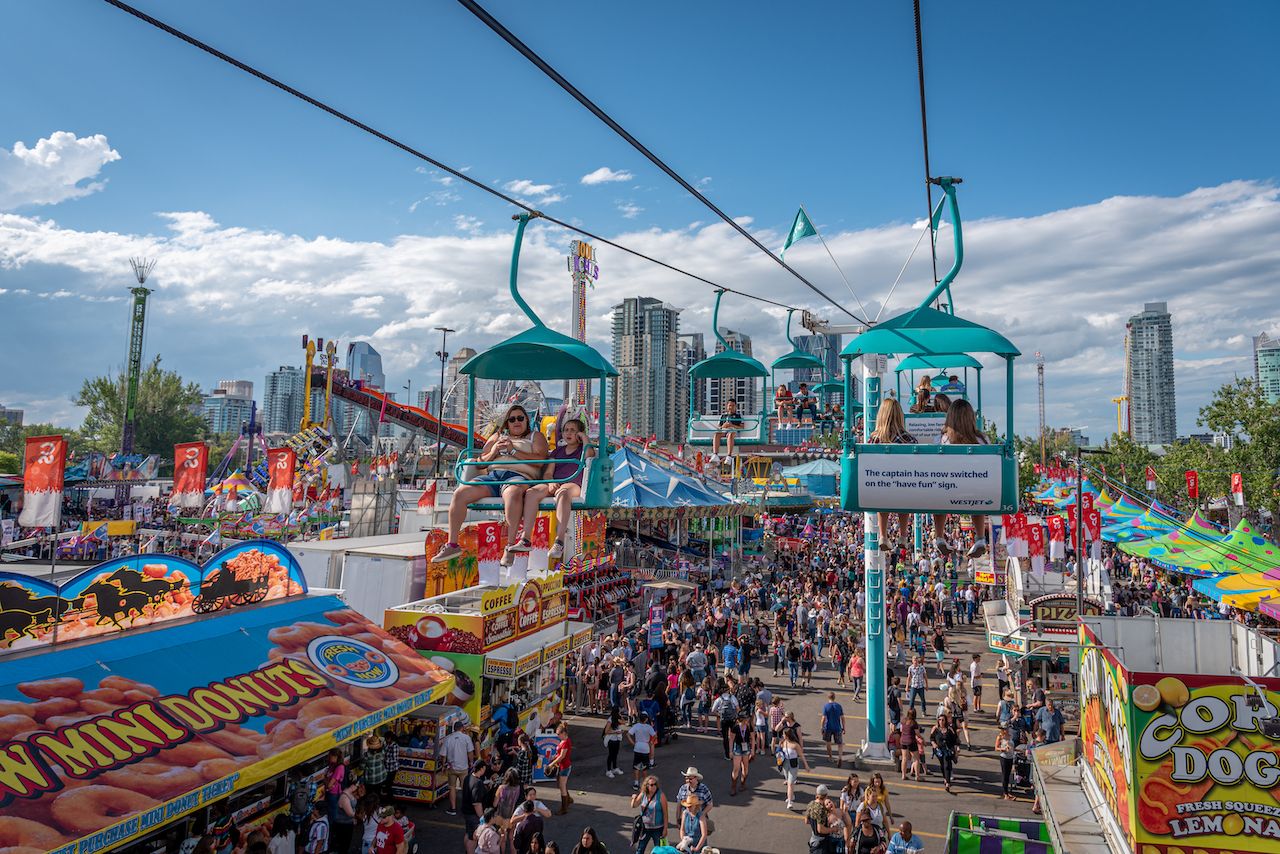Most of us are familiar with rodeos, but our experience might not extend very far beyond Wild West movies. Therefore, it can be easy to think they’re a circus-like novelty, or even a form of historical reenactment. Far from being a gimmick, rodeos are serious sporting events, and both human and animal athletes are viewed as celebrities as much as star quarterbacks in the NFL. Rodeo fans aren’t just there for Instagram pics; they come with scorecards, signs supporting their favorite cowboys and cowgirls, and a deep knowledge of the events. Whether Wild West history captures your imagination, or you’ve always wanted a socially acceptable reason to wear a cowboy hat, here’s why you should see a rodeo at least once in your life.

A living piece of Wild West history

Photo: Jackson Stock Photography/Shutterstock
Unlike most sports, invented solely for leisure, rodeo has its roots in farm labor. Cowboys needed to possess a wide variety of skills to effectively handle cattle, and from these working practices came competitive sporting events — mainly in northern Mexico, the western US, and western Canada — designed to test those skills. Although cowboys had been riding bulls and roping cattle since at least the 16th century, rodeo-like competitions didn’t emerge until the late 19th century.
Since the work was seasonal, cowboys often signed up for local contests to exhibit their skills during their off time. By the late 19th century, rodeo had become a popular spectator event in the American West. The first to give prizes took place in Pecos, Texas, in 1883, and Fort Worth hosted the first indoor rodeo in 1917. In 1945 an official Rodeo Cowboys Association was organized, standardizing rodeo rules and eligible events. Other rodeo associations were soon established, including the Women’s Professional Rodeo Association, institutionalizing and legitimizing the sport midway through the 20th century.
Nowadays, in the southern and western US, rodeo is as much a professional sport as football or baseball. When you go to one, you’ll immediately see why.
The events are unlike anything you’ve ever seen

Photo: Christopher Halloran/Shutterstock
If you regularly attend sporting events, you know that a walk-off home run, monster dunk, or game-winning touchdown drive will get you out of your seat, but for the most part, it’s easy to glaze over most of the action. If you’re new to rodeo, you’ll find yourself jumping out of your seat every 15 seconds.
Rodeos comprise a wide range of events, many of which you probably never knew existed. This includes the classic bull and saddle bronc riding you’re probably familiar with, but also bareback bronc riding, barrel racing, tie-down roping, steer roping, steer wrestling, and a few others. It’s tough to appreciate the sheer magnitude and power of a bucking bull, or experience the thrill of watching a cowboy rope a steer, leap off his horse, and wrestle it to the ground, until you see it in person. The coordination, strength, and dexterity needed to succeed in rodeo competitions is hard to comprehend, but it’s certainly not lost on the crowd.
People come to rodeos dressed in cowboy boots, hats, and shirts, armed with scorecards to track each event and even signs proclaiming their adoration for their favorite cowboys and cowgirls. Stadium announcers are no less enthusiastic than the spectators and you can’t help but get swept up in the moment.
It’s basically a giant carnival

Photo: Jeff Whyte/Shutterstock
Every rodeo is different, but there’s no shortage of entertainment outside the events themselves. Most rodeos have an attached carnival of varying size, complete with carousels and other games. The food is also not your average stadium grub — there are vendors serving funnel cake fries, bowls of fried chicken, and turkey legs, so you won’t be subsisting on Cracker Jacks all afternoon (unless you really want to).
Some rodeos even include cultural activities. Cheyenne Frontier Days in Wyoming, the world’s largest outdoor rodeo, has an attached Indian Village where you can learn more about indigenous culture through performances, including traditional dance, storytelling, and music.
It’s an excuse to dress like a cowboy or cowgirl

Photo: Primestock Photography/Shutterstock
We’ve all had the desire to buy an old-fashioned cowboy hat, wear a blindingly white embroidered shirt, and don some cowboy boots. Usually, the fear of being called out on how stupid we look gets in the way — but at a rodeo, anything goes. Rodeos are like Comic Con for anyone with a secret desire to dress up like a character from a Spaghetti Western.
Dressing up like a cowboy is good fun, but it also lends an air of authenticity to the event. Sitting amid a sea of white cowboy hats, you’ll truly feel like you’ve stepped back in time to the Wild West. Part of a rodeo’s charm is its immersive aspect. The crowd is fully invested in every aspect of the rodeo — a feeling that’s really driven home by the attire — and you can’t help but join in.
If you don’t have cowboy getup lying around at home, don’t worry. There will be plenty of vendors peddling cowboy accessories.
Know before you go
Questions are often raised about the treatment of animals at rodeos. Know that during those events, horses, steers, and bulls aren’t just props — they’re animal athletes, much like the horses in the Kentucky Derby. According to Cindy Schonholtz, director of industry outreach for the Professional Rodeo Cowboys Association, “We have 60 rules that cover the care and handling of the animals.”
Each rodeo association has its own rules governing the proper treatment of its animal athletes. To legally operate, rodeo associations must be issued permits, and these permits can be revoked if rodeos violate certain animal cruelty laws. These include using electric prods, sharpened spurs, bucking straps, and other instruments that may cause animals pain.
To be sure that you’re attending a sanctioned rodeo, where these ethical rules are being followed, it’s best to stick to larger rodeos run by well-respected associations. These include the Cheyenne Frontier Days in Wyoming; the Fort Worth Stock Show and Rodeo, the San Antonio Stock Show and Rodeo, and the Houston Livestock Show and Rodeo in Texas; the World’s Oldest Rodeo in Prescott, Arizona; and the National Western Stock Show in Denver.
Most rodeos take place out west, but if you’re on the East Coast, know that for the first time since 1991, a full multi-event rodeo is headed to Madison Square Garden. The “Cowboy Channel’s Rodeo New York” is set to take place from June 19 to 21, 2020, with tickets already on sale.